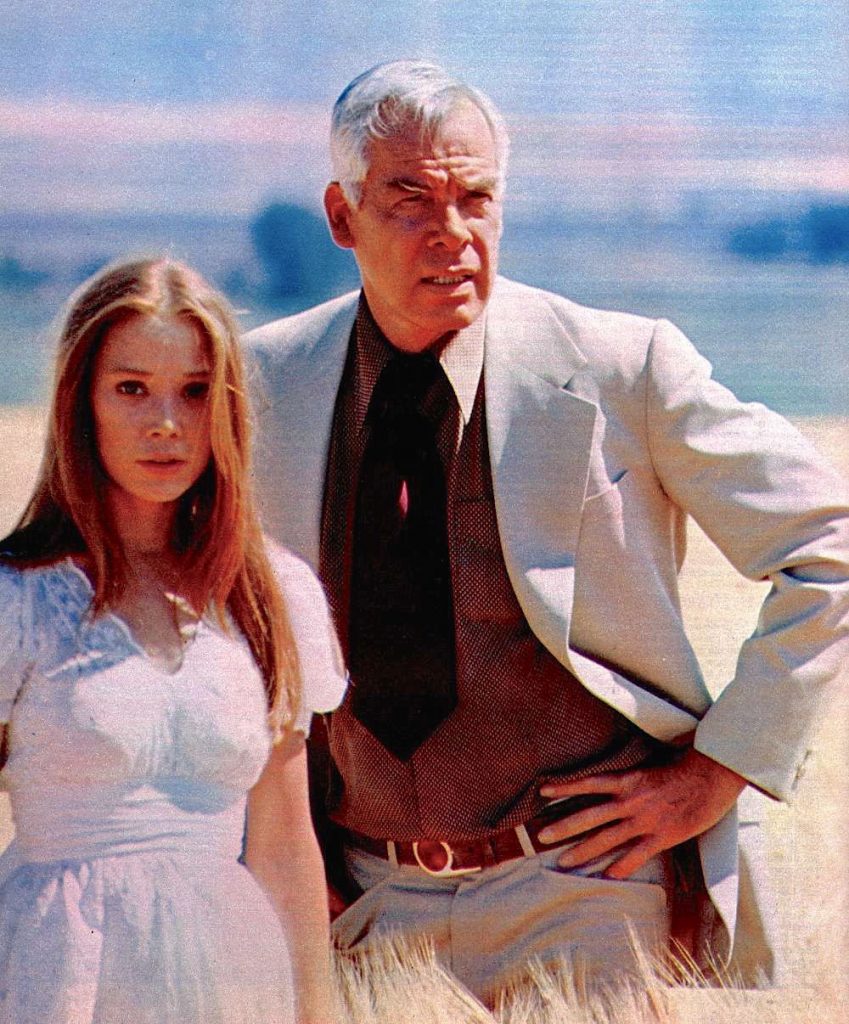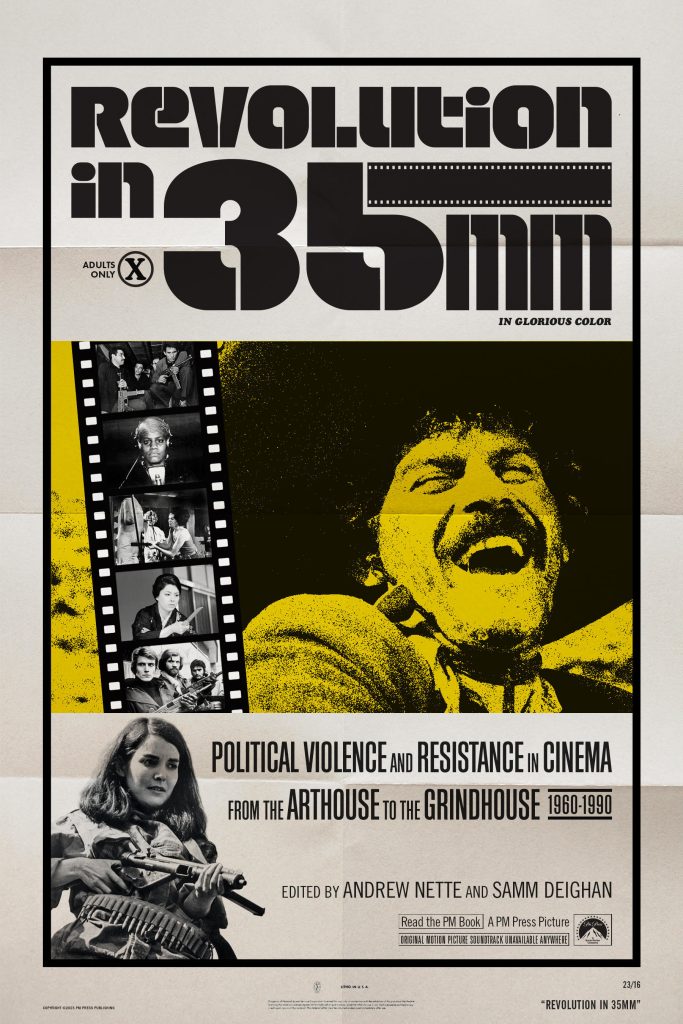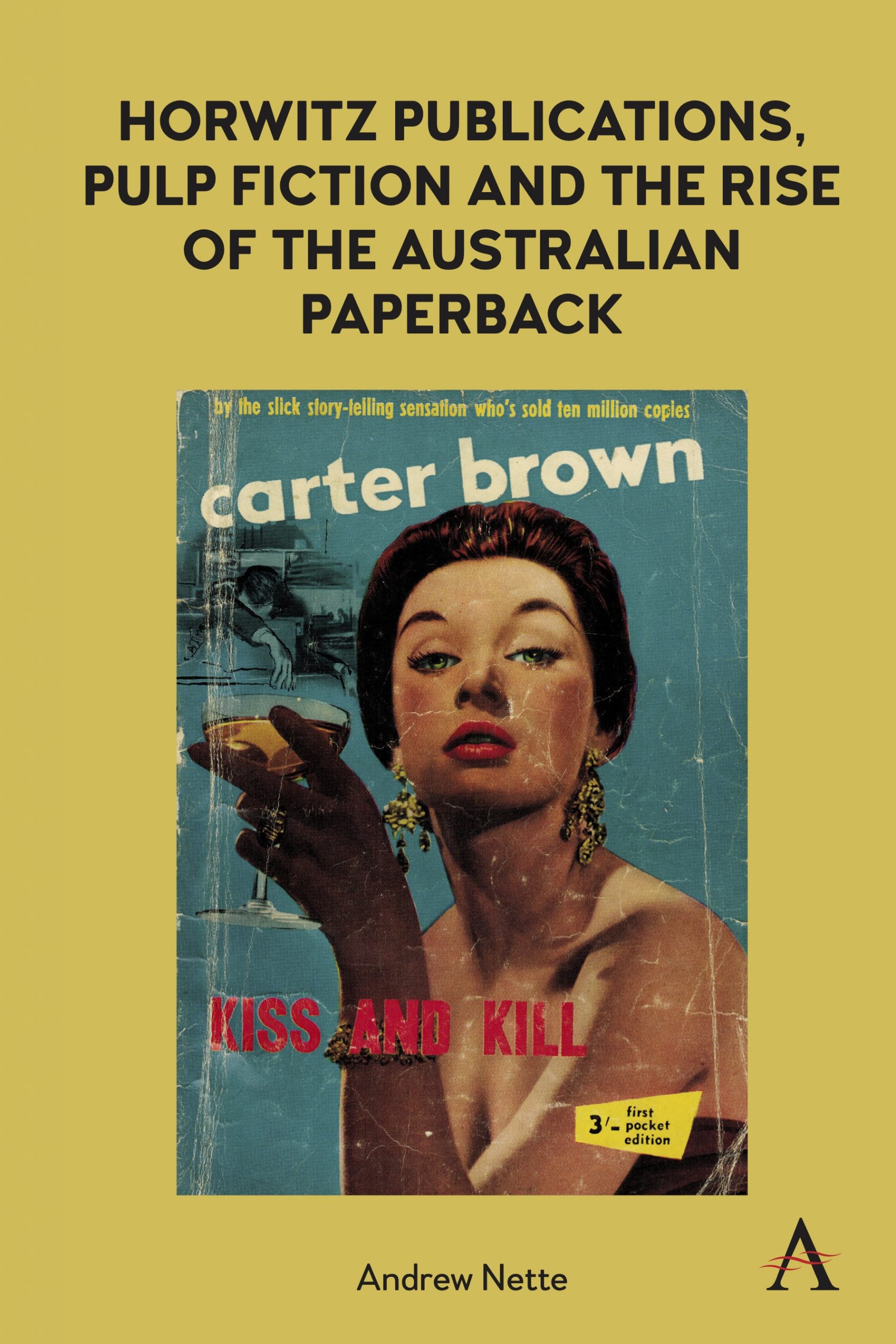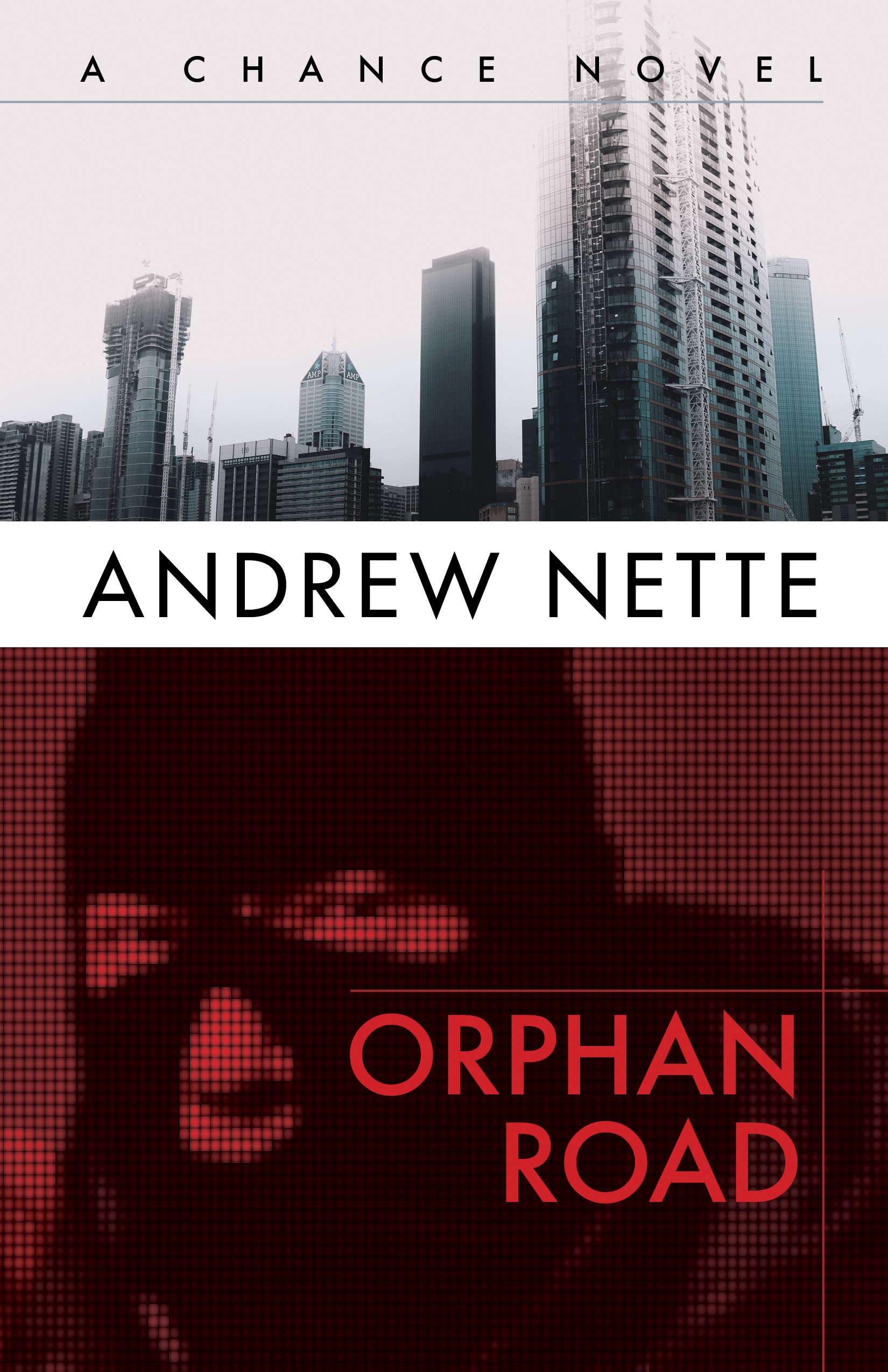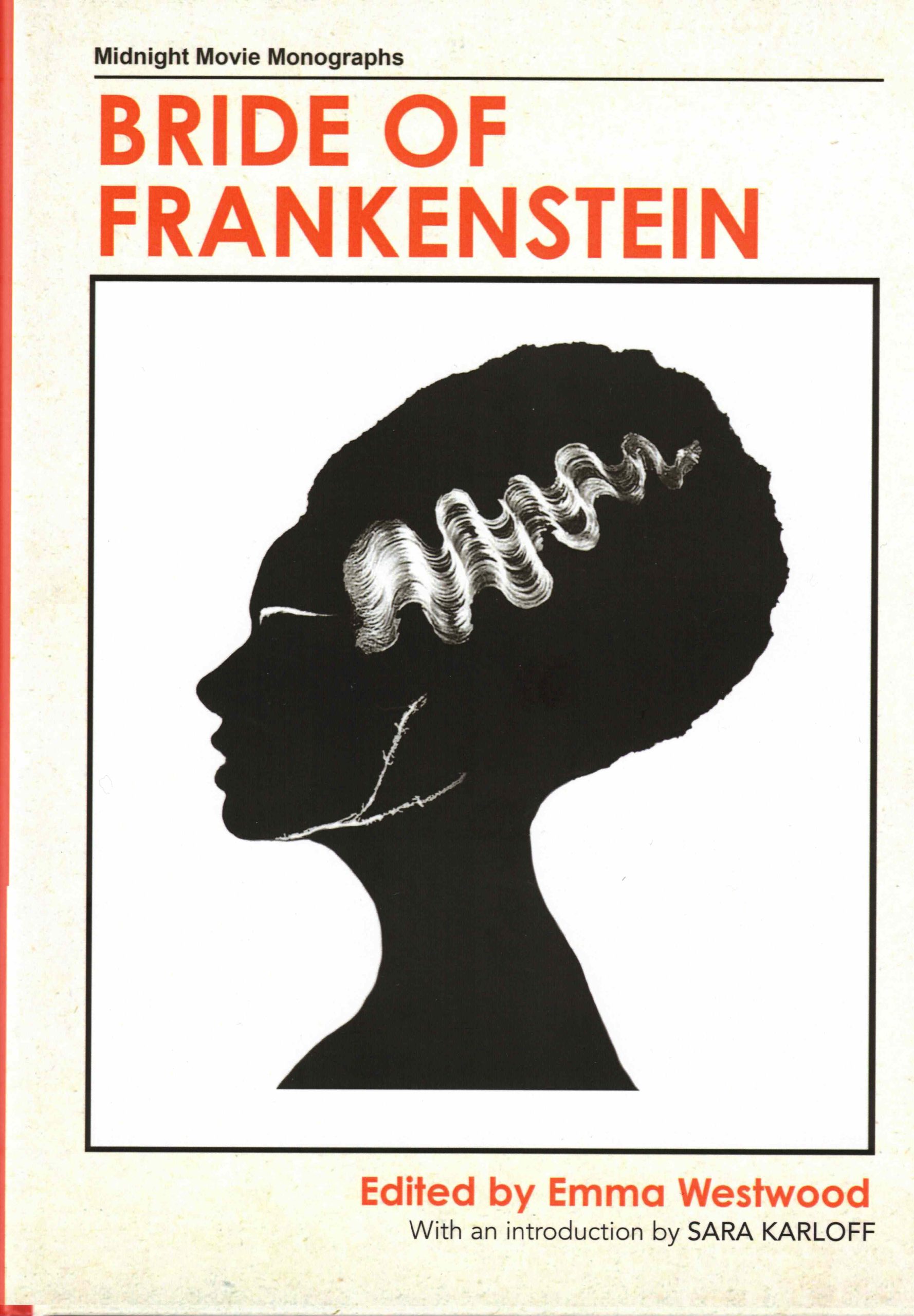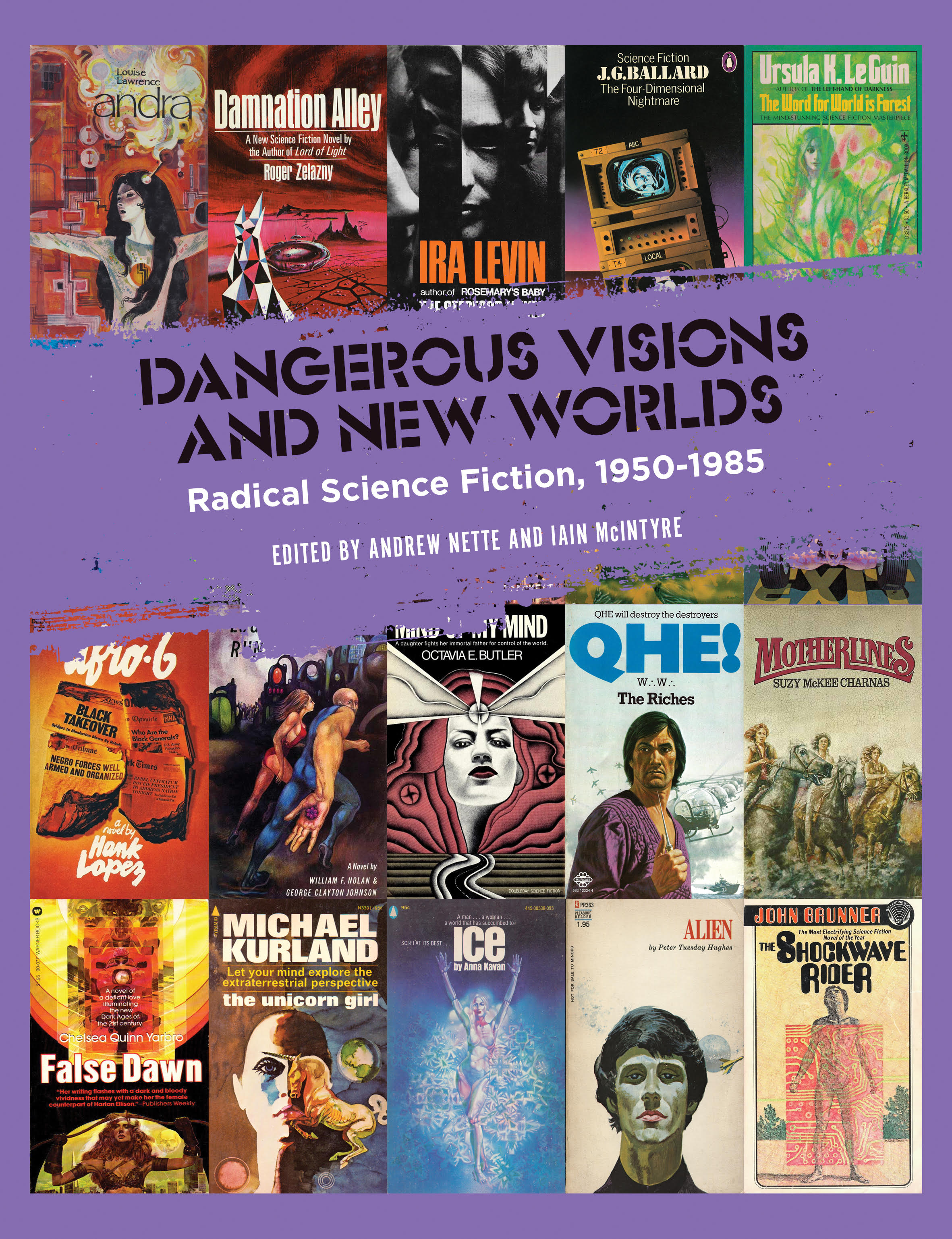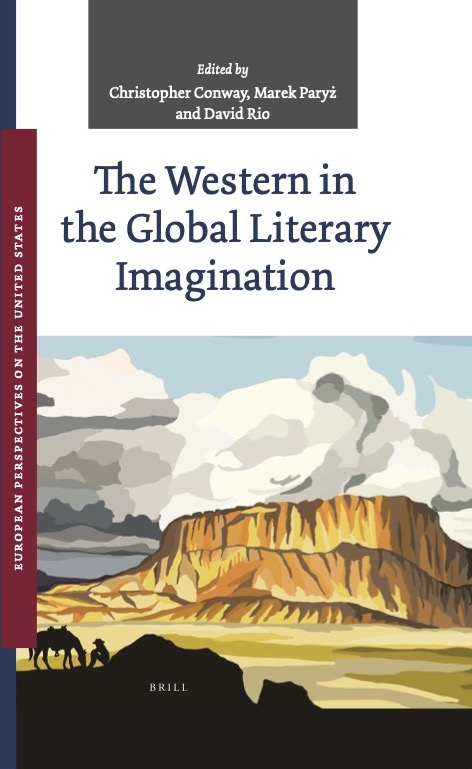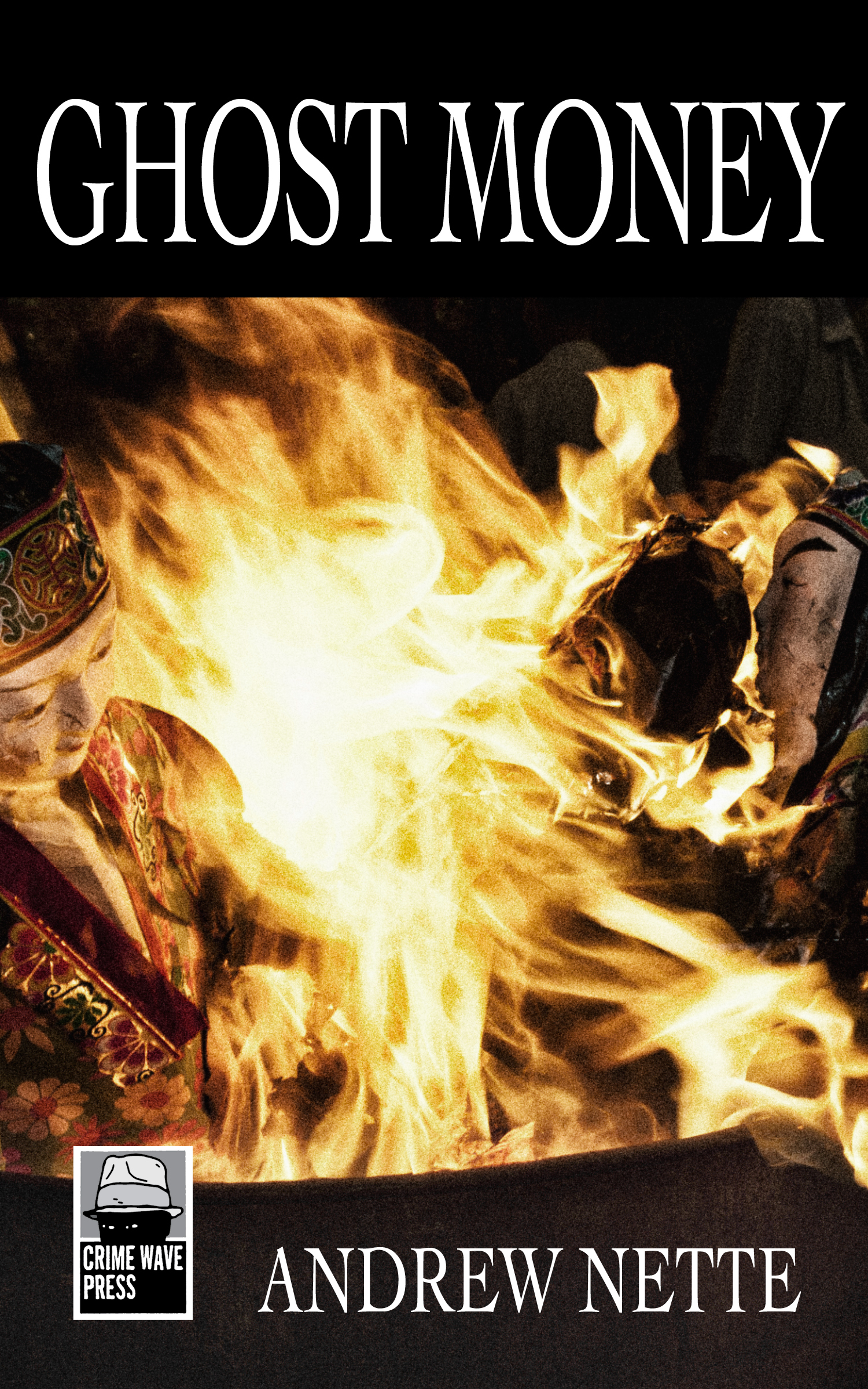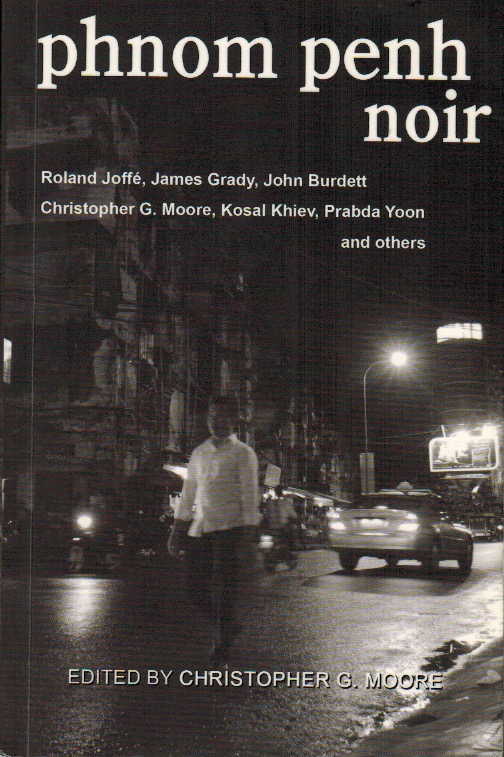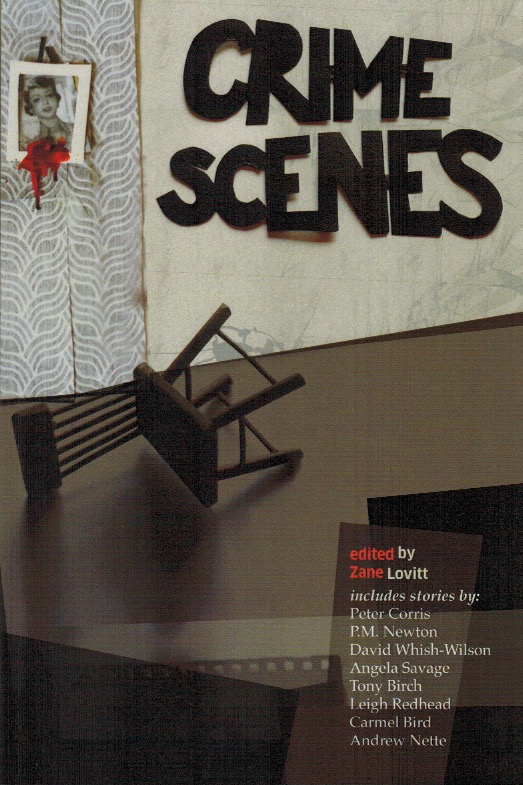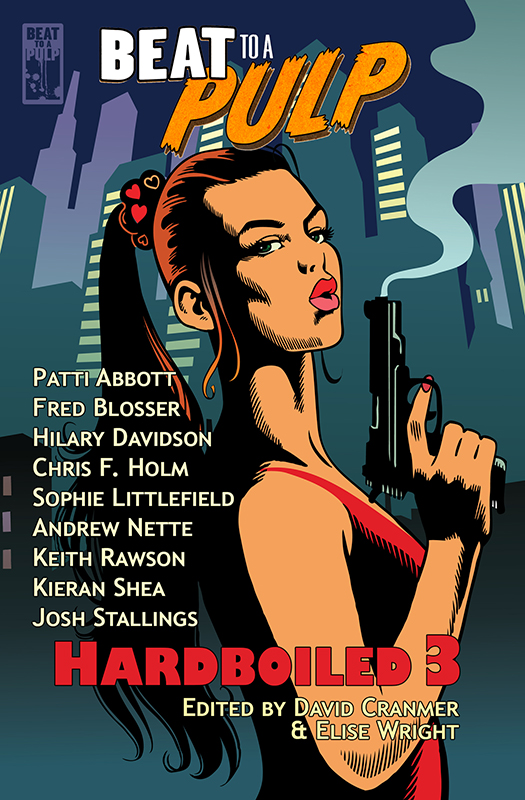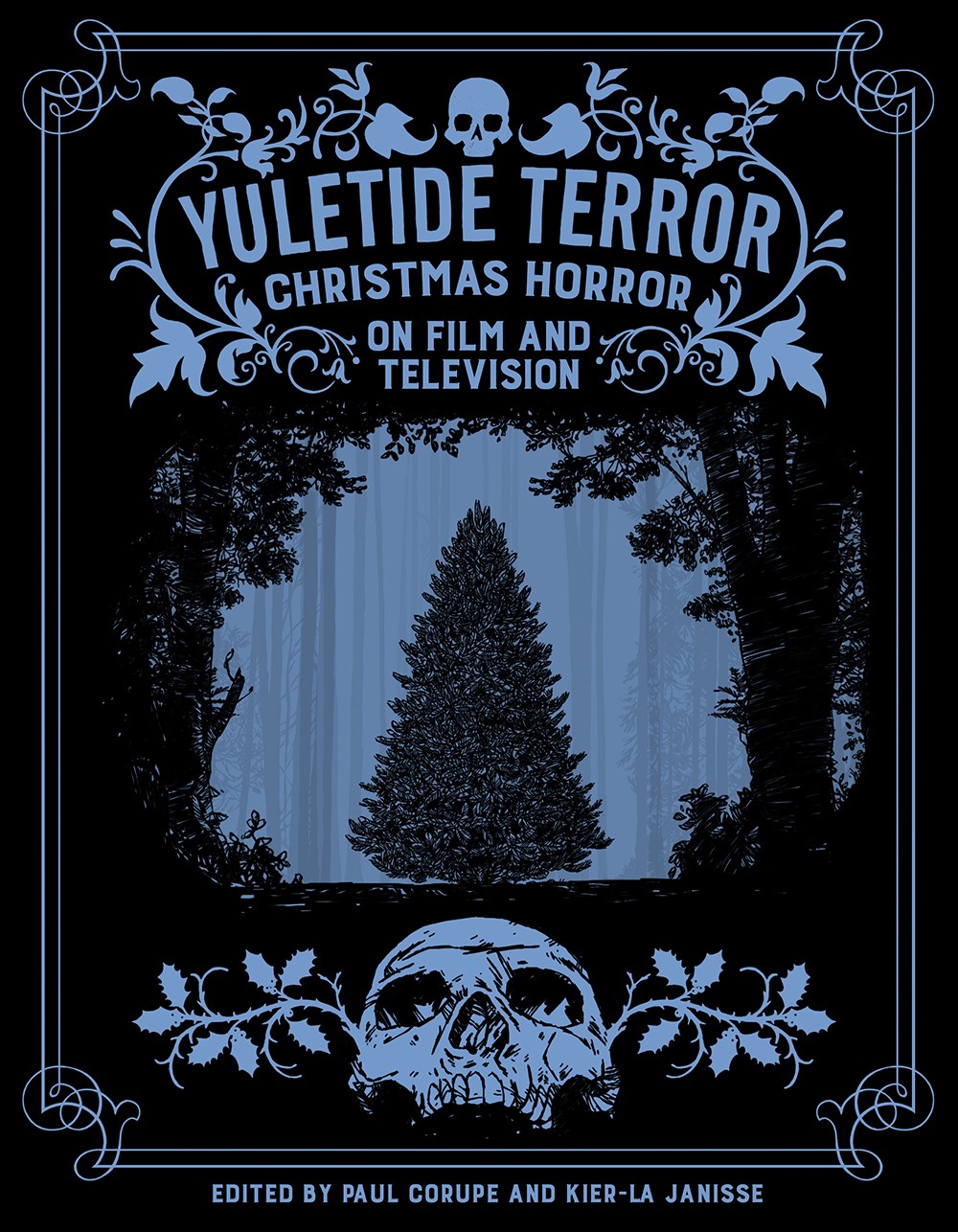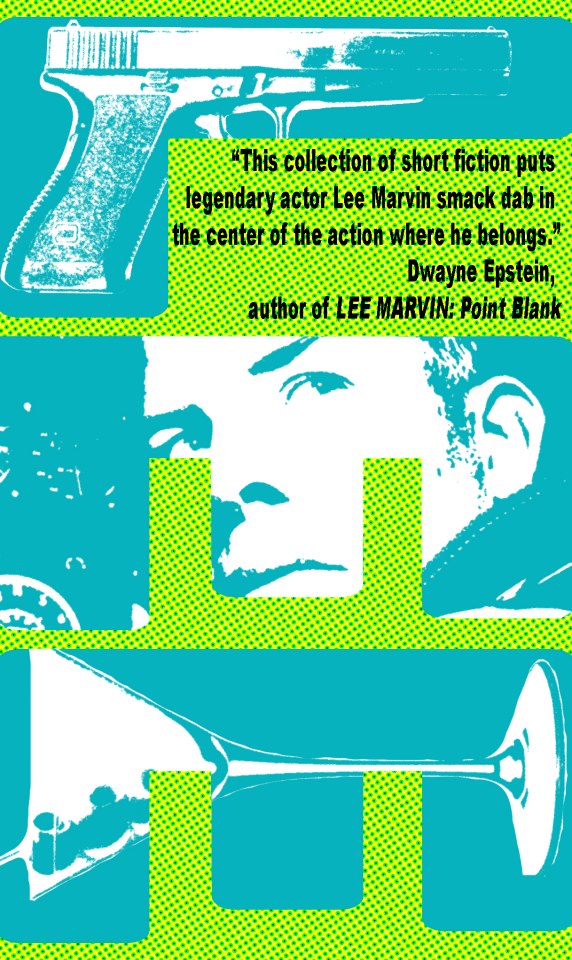September is shaping up to be a busy month for me, with three events that Pulp Curry readers might be interested in.
September 2nd to 4th is the inaugural Port Fairy Literary Weekend, which is being organised by the Wonderful Blarney Books and Art. The entire program, which looks great, can be viewed on-line here. I will be taking part in a panel titled ‘Dangerous Visions’ on the Saturday afternoon of the festivities. ABC journalist Matt Neal will be interviewing me about the book I co-edited with Iain McIntyre, Dangerous Visions and New Worlds: Radical Science Fiction, 1950-1985, along with Mykaela Saunders and Jack Latimore, two writers who are part of a new anthology of First Nations science fiction, This All Come Back Now. I have a copy of This All Come Back Now and am looking forward to reading it before the event.
I will also have the remaining stock of my science fiction book, as well as copies of the first two in the series, Girl Gangs, Biker Boys and Real Cool Cats: Pulp Fiction and Youth Culture 1950-1980 and Sticking it to the Man: Revolution and Counterculture in Pulp and popular Fiction 1950-1980, for sale at the festival. Tickets for the event can be purchased via the website here.… Read more




